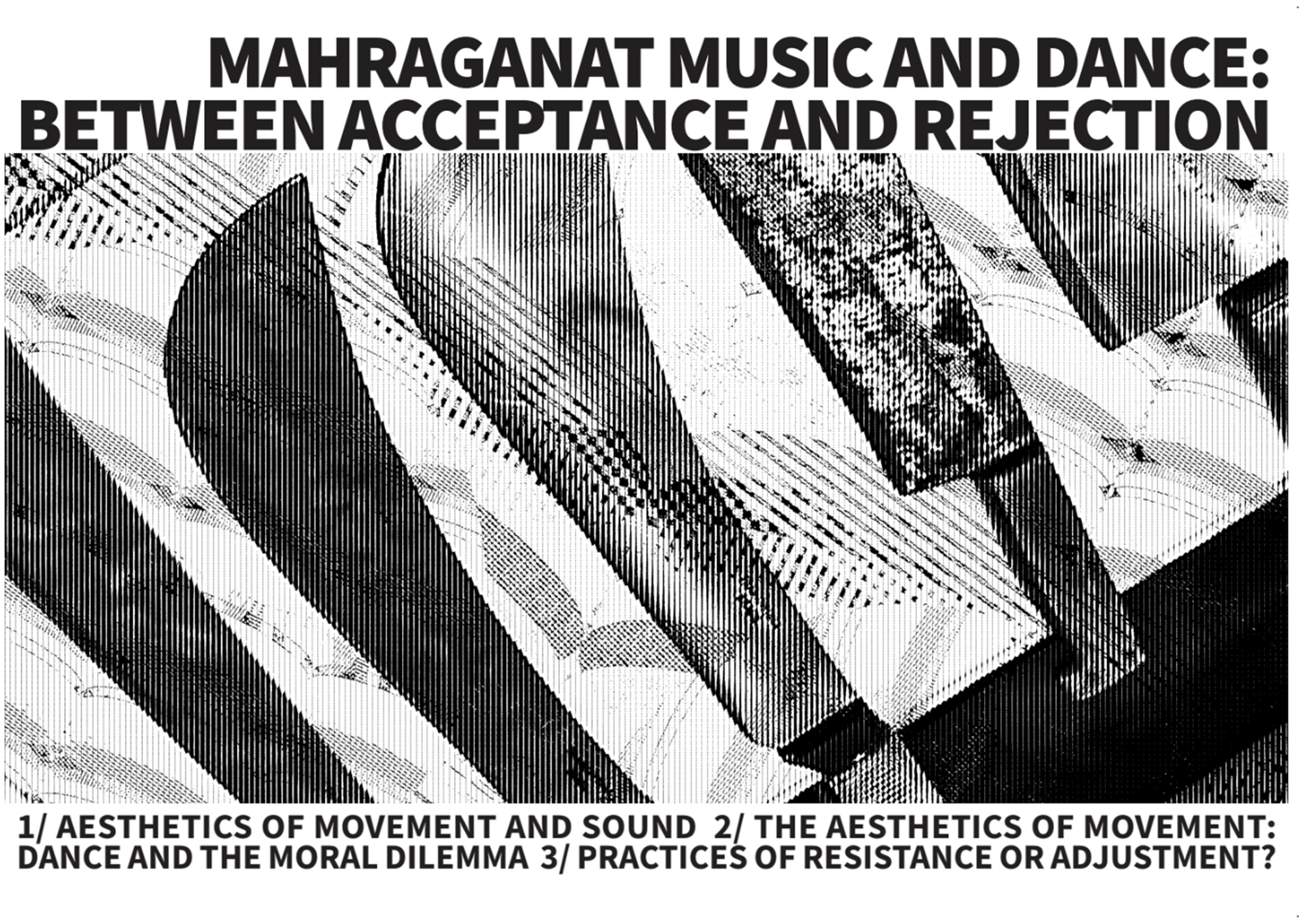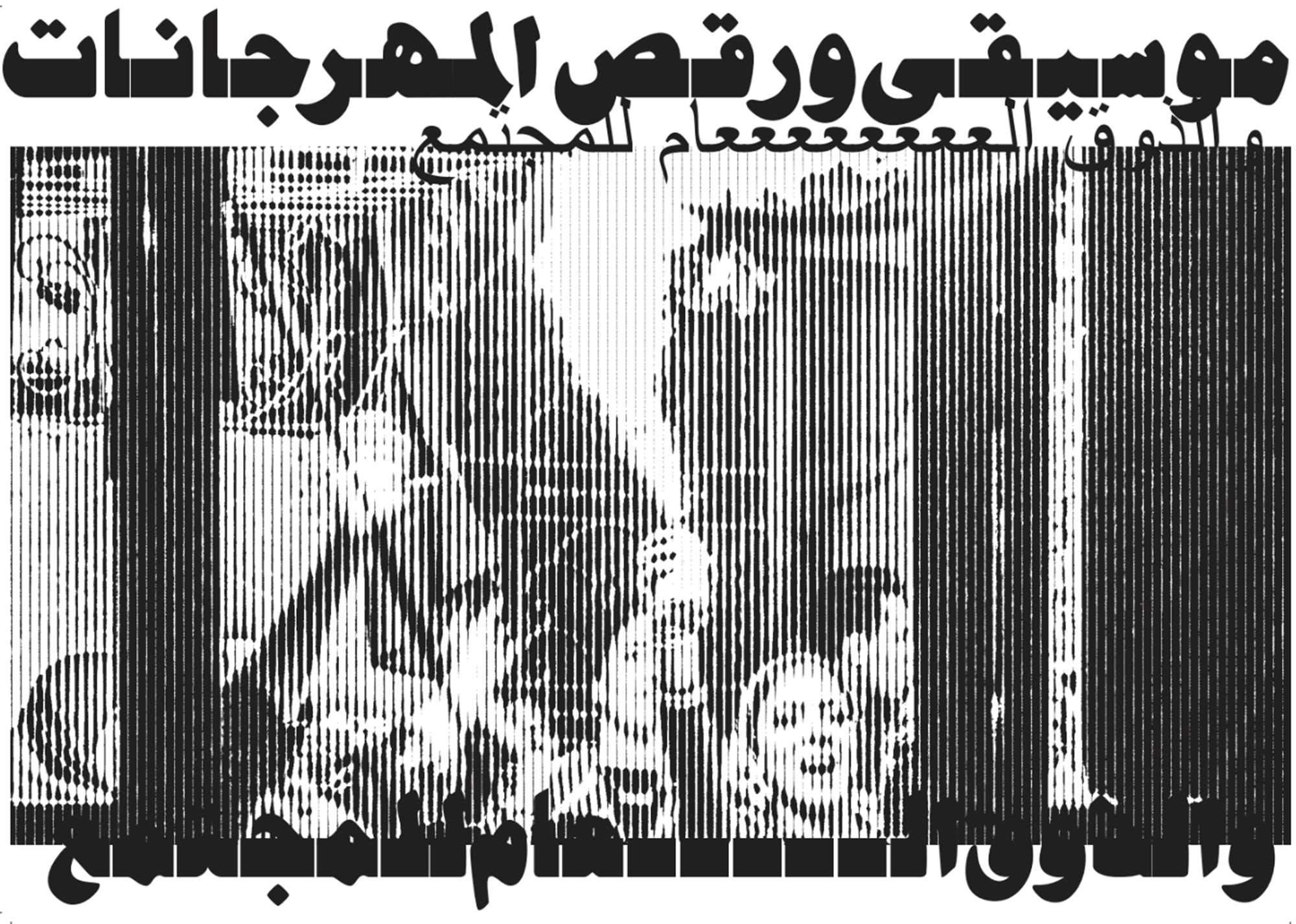Hend Elbalouty speaks to us about her practice and the beautiful book that celebrates part of it
“During and immediately after the revolution, there was a lot of hope but slowly we realised that it wasn’t going where we wanted, or had dreamed of, and it was very depressing. Although, even before the revolution, I always had the feeling that I needed to be a bit distant from whatever I experienced in Egypt in order to reflect on it differently. This is how I started dancing.”
Hend Elbalouty is speaking to us from Berlin, where she spends half her time, about the preoccupations that drive her multidisciplinary practice. The rest of the time you’ll find her in Cairo, where she grew up and completed her BA in Production Design and Cinema, before moving to Cologne to get her MA in Performing Arts from the Academy of Media Arts Cologne. The choreographer, performer and writer went on to win the Grand Art Prize of the Friends of the KHM in 2021 for her piece inspired by Mahraganat dance, ‘How Did I End Up in This Place?’ It also laid the groundwork for her recent book, ‘On Mahraganat Dance in Egypt: Between Acceptance and Rejection’, her exploration of Egypt’s street music and dance culture as an expression of art and social class. Here, we learn more about her journey.
How did you discover dance as a form of self-expression?
I was actually told as a teenager that I wasn't a good belly dancer. Very funny that now I'm teaching it professionally! At first, I was very shy and self-conscious about my body. So, although I danced at friends’ weddings and gatherings with my cousins, I didn’t take classes until 2012 when I met Karima Mansour and joined the Cairo Contemporary Dance Center, where I studied for three years. The dance world can be harsh but because the scene is so small in Egypt and the center was the first independent contemporary school, it was a safe start. We were also all a lot older when we began, compared to when kids tend to start dance lessons in Europe. I'm very happy that I started working on myself as early as I could, without therapy, just through dancing. I’m impressed with how my body changed and how I got to know myself through dance so that now I can sense my body immediately.
“I'm really interested in all the ancient wisdom that treats the body, mind and spirit as a whole, as one entity"
Can you expand on how you can know your body more?
The body tells you everything; a person’s posture and how they breathe tells you about their memories and what they’re carrying. It’s the reason that when someone is stressed, you say that they look like they’re carrying the weight of the world on their shoulders. And conversely, people who seem light, know how to breathe properly. So, if you have a lot of worry or struggles as a kid, it accumulates in your body. Often, you’re not even aware that you are worried but your body is constantly searching for safety and adapting fast, which manifests in your personality, too.
I'm really interested in all the ancient wisdom that treats the body, mind and spirit as a whole, as one entity. Ancient cultures and indigenous practices don't separate us into parts, it's only this capitalistic system that does so in order to control us and turn us into consumers – they sell us painkillers instead of dealing with the thing that's causing the pain.
Can you tell me about the threads that run through your work?
My practice is very chaotic. My dad used to tell me that I’m like a grasshopper jumping around all of the time! I’m really interested in cultural practices and I try to use that in my projects. I write a lot, I use movement, I use videos sometimes. I always start with a text – either something I've written or something I've read that resonated with me. From there it can become a dance or performance piece or video. I’m also interested in social class presentation in the arts scene in general, but specifically in Egypt. All these things that we're talking about, like the indigenous community, the body knowledge, the body is a site of memory. How can we actually tap into memories? How do we access both our generational knowledge and trauma? I'm still on a journey but if there's one thing that I'm grateful for in Germany is the space to know myself.
“I like to provoke myself and find my practice to be a space where I can push and just see where it goes"
Can you tell me about your book ‘On Mahraganat Dance in Egypt: Between Acceptance and Rejection’ – how did it come about?
The concept came from me wanting to do a performance but feeling stuck with the contemporary dance vocabulary and not really knowing how I wanted to dance. Then I started to belly dance at home – I’ve done this for years, where I just have fun for an hour – and I realised I can use this vocabulary instead, along with the Mahraganat and knife dancing. So, I returned to Egypt and took classes. Bahaa, who’s one of the people that I talked with in the book, was asking me a lot of questions: Why are you learning this? Why are you here? And back then, I didn't have any answers – I just told him, I find it very empowering.
I knew I wanted to be careful to not appropriate it, so I needed to know more. But, while there’s a lot of research into Mahraganat music, which is more famous, there’s none in the dance. It’s partly because speaking about dance, the body and the streets is very challenging in Egypt. Also, the dance is done in quite a chaotic way – there are rules but there are no rules! So, I started reading a lot about hip hop and voguing in the US to try to understand the relationship, as that also comes from marginalised groups and lower social classes. And then I was so afraid about presenting this in Germany. I was thinking a lot about the format and putting it in a medium that’s not accessible. But I knew it had to be in Arabic and I made sure to not edit anyone’s text – all the voices in the book are real.
Tell me about the design of the book.
Shahd El Sabbagh was the designer and honestly, her presence made it complete. It was such a joyful process to work with her. She went really deep and brought so many ideas. And because she’s Egyptian too, she didn’t come at the project with an outsider’s angle. The design is exactly what I wanted and it all feels so natural.
Speaking of excellent collaborators, let’s talk about the shoot with Najla Said – we love her at Nataal!
She read the book and then wrote to me to say she was interested in shooting. I was immediately keen – I mean, her work is very beautiful and I really liked her ideas. Making it happen was the hardest thing because we were both in our last week in Cairo and the day we scheduled, I’d had a tough morning and was in a really bad mood! But we went up to the roof and had so much fun. We completely forgot about all of the stress and even forgot the time. It was like being in a bubble. I enjoyed watching her, how she was taking the photos and her flexibility. I think it takes a lot of bravery and passion for people to come together and improvise and get something out of it.
What’s your aim with each piece of work you create?
Ultimately, my aim is just to be heard. I also like to provoke myself and find my practice to be a space where I can push and just see where it goes. I try to not be afraid or fit a particular narrative or agenda into my work and I always try to have fun and find joy in the process because sometimes it can be hard. I'm doubting the role of art right now and it's a bit challenging for me to take it seriously or feel that it has any impact on reality – especially at the moment.
And finally, is there anything you would like to add?
FREE PALESTINE.
Visit Hend Elbalouty
Photography Najla Said
Book design Shahd El Sabbagh
Words Miriam Bouteba
Published on 24/08/2025



